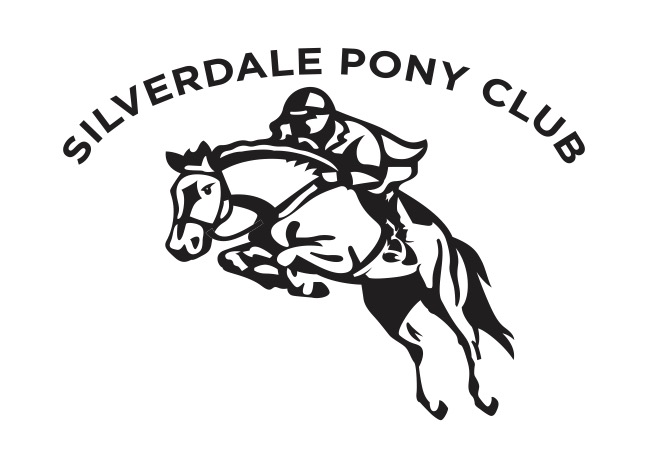Health & Safety
For more info please refer to the NZPCA website: Here:
Nearest Defibrillator Locations:
Grace Hills - Yellow Cabinet - On fence line between 49 - 65 Grace Hill Dr.
Dairy Flat Community Hall - Red Cabinet - Covered area at Rear
Helmets - NZPCA Policy Here:
The wearing of an approved safety helmet whenever your child is mounted or whenever they are handling a pony must be a matter of course. An approved helmet will carry one of the following recognized safety standards on either a label inside the helmet or on a sticker which will be placed on the outside of the helmet at the back of it.
Helmet Standards ESNZ and NZPCA have had a complete review of helmet standards, and our tagging policy. As a result, we will be changing the tagging policy and procedure from 1 August 2023, with best practice health and safety for all in mind. The existing red helmet tags will continue to be used and accepted up until 31 July 2023. From 1 August 2023 approved helmets will need to be fitted with a new yellow helmet tag to be worn at an NZPCA rally, venue activity or event. Existing red tagged helmets need to be reinspected and re-tagged yellow if they meet the updated standards, to be used from 1 August 2023. The updated table on the following page states which helmets with applicable helmet standards will be able to be fitted with a new yellow helmet tag. Red tags can also still be fitted to helmets that don’t meet the new yellow tag standards, but can only be worn up until 31 July 2023. Helmets can continue to be tagged by an approved NZPCA or ESNZ helmet tagger – either in your own time or at a rally or event, prior to your competition.
Although these standards are presently correct they may alter occasionally. Your Pony Club Head Coach or your local saddlery stockist will be able to advise you of any change to the above.
* The helmet should sit level, and be about 2cm above the eyebrows.
* Fastenings and straps must be secured firmly.
* Place a hand on top of the helmet and rock it from side to side and back and forward. The helmet should not slip but should move your childs scalp with it.
* If the helmet has been involved in a heavy fall or dropped, it should be replaced, as there may be damage that you cannot see.
* For the same reason do not buy a second-hand helmet.
* Follow any manufacturers instructions on the care and cleaning of the helmet.
Footwear
Footwear must be suitable and safe, both for riding and when working around ponies. Jodhpur boots are ideal, or failing this, solid shoes with a smooth sole and a solid heel. Boots with gripped soles are not safe (such as most types of gumboots) as they will not slide freely from the stirrup in the event of a fall.
Body Protector - NZPCA Policy Here:
Also known as a safety vest, a body protector is designed to offer protection to the upper body, and should be worn when show jumping and always when doing cross-country. It is compulsory at all Pony Clubs in New Zealand that a Body Protector be worn when doing cross-country at pony club. It is also compulsory that a rider must wear a body protector at any pony club ODE (One or Two Day Event) in the cross-country part of the competition and failure to be wearing a body protector at Gear Check prior to commencing the cross country phase or during the cross country phase will incur automatic elimination from the competition.
Always ask advice when buying a body protector as there are several different models available.
With wear they often tend to mould to the riders shape, so for this reason buying second hand is not always a good idea.
The NZPCA PC Area Forum asked the Health and Safety Committee to look at recommended safety standards for body protectors.


